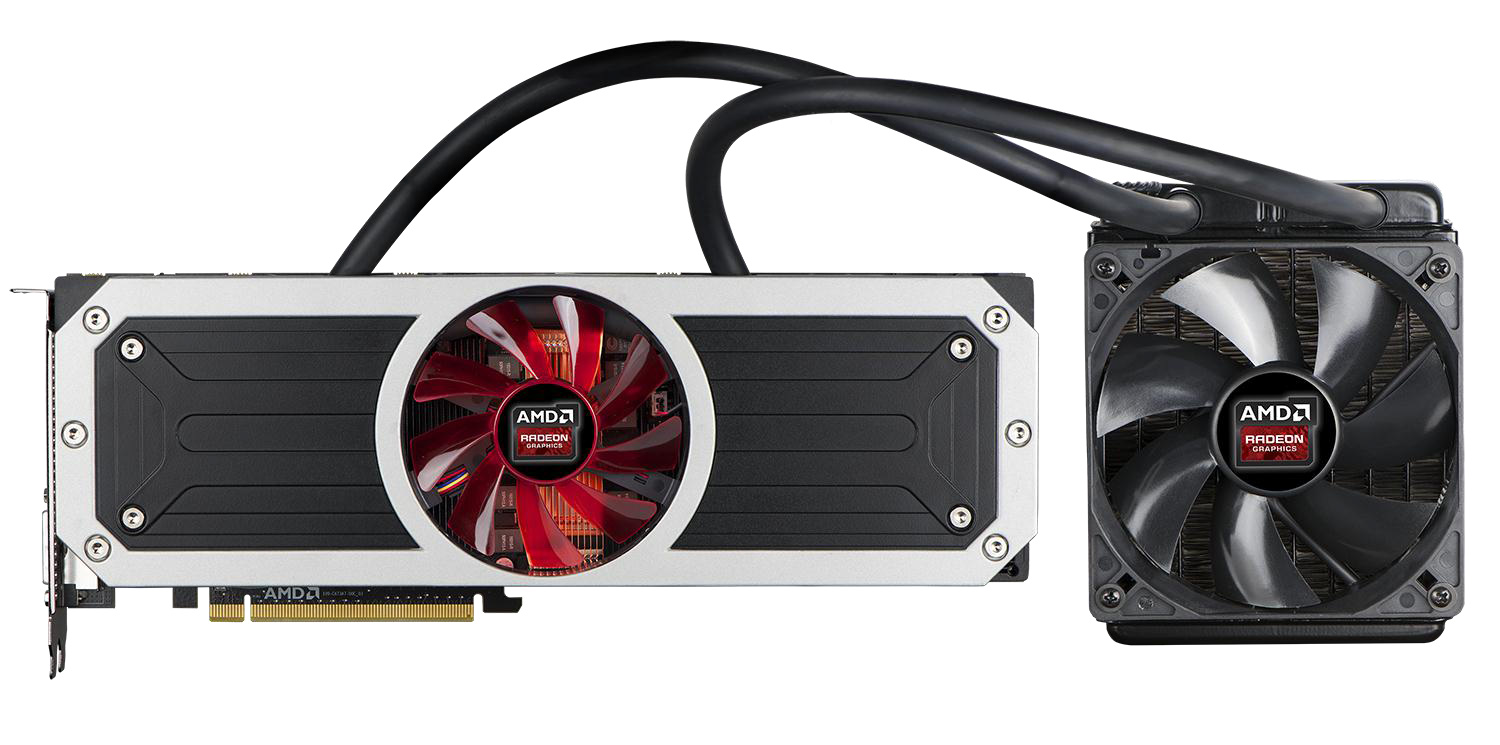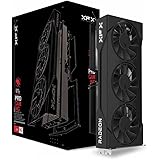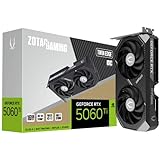
Specifications and Mining Performance
The AMD Radeon R9 295X2 is a high-performance graphics card that was released in 2014, aimed at gaming enthusiasts and professionals needing significant graphical power. With the rise of cryptocurrency mining, this card has also gained attention for its mining capabilities.
One of the most notable specifications of the R9 295X2 is its clock speed, which is 1018 MHz. This speed allows the card to perform well in demanding applications, including gaming and rendering. Additionally, the GPU boasts a memory bandwidth of 640 GB/s, facilitating quick data retrieval and transfer, essential for high-resolution textures and complex calculations often required in both gaming and mining.
The card is equipped with 8 GB of GDDR5 memory. This considerable amount of memory supports efficient processing of large datasets, making it advantageous for both gaming and cryptocurrency mining activities. The R9 295X2 is particularly remarkable because it features 5632 stream processing units organized into 88 compute units. This large number of processing units allows the card to handle multiple tasks simultaneously, enhancing performance in parallel processing operations, such as those found in cryptocurrency mining.
When considering the power requirements for the R9 295X2, it is essential to note that it requires a robust power supply, specifically two 8-pin connectors. This is indicative of its high performance, as more powerful graphics cards generally require greater energy input. Users need to ensure they have a compatible power supply that can handle these requirements to prevent instability during operation.
In terms of mining hashrate, the AMD Radeon R9 295X2 demonstrates impressive performance. Depending on the cryptocurrency being mined, users have reported varying hashrates, often exceeding 30 MH/s for Ethereum. This level of performance is significant, especially considering the card’s age. Additionally, the efficiency of mining can be maximized by using appropriate cooling solutions and optimizing the mining software settings.
The AMD Radeon R9 295X2 remains a formidable contender in both gaming and cryptocurrency mining landscapes. With its powerful specifications, including a clock speed of 1018 MHz, a memory bandwidth of 640 GB/s, and 5632 stream processing units, it is capable of handling demanding tasks with ease. While it requires a sufficient power supply, its capabilities reaffirm the relevance of the R9 295X2 in today’s technology-driven world, particularly for those interested in mining cryptocurrencies.
Summary of AMD Radeon R9 295×2 Specifications :
- Clock Speed : 1018 MHz
- Memory Bandwidth : 640 GB/s
- Memory Type : GDDR5
- Memory Size : 8 GB
- Streem Processing Units : 5632 ( 88 Compute Units )
- Required Power Supply Connectors : 2 x 8-pin

AMD Radeon R9 295×2 Mining Hashrate
- Ethereum ( DaggerHashimoto [ EtHash : (ETH) & (ETC) ] ) Mining Hashrate : 46 MH/s
- NeoScrypt [ (ORB) & (PXC) & (FTC) & (INN) & (GBX) & (TZC) & (VIVO) & (CRC) ] Mining Hashrate : 800 KH/s
- KECCAK Mining Hashrate : 500 MH/s
- X13 Mining Hashrate : 13 MH/s
- X15 Mining Hashrate : 10 MH/s
- Lyra2REv2 [ (XVG) & (VTC) & (MONA) ] Mining Hashrate : 232 MH/s
- Quark [ (QRK) & (FRQ) ] Mining Hashrate : 40 MH/s
- QUBIT Mining Hashrate : 31 MH/s
- Blake256 (Vanilla) Mining Hashrate : 6.6 GH/s

Performance in Ethereum Mining
One of the key features of the R9 295X2 is that it is a dual-GPU card. This means that it combines the processing power of two Radeon HD 7970 GHz Edition GPUs into a single package. This dual architecture significantly enhances its compute performance, allowing it to handle demanding tasks effectively. As a result, many users have found the card to be particularly efficient for mining operations, where high hashrate contributes to the overall profitability of mining Ethereum.
Despite its high initial performance, some users have reported that the hashrate of the R9 295X2 can decline over time. Initially, many miners enjoy a hashrate between 48 and 50 MH/s. However, as the card runs continuously and undergoes more hours of mining, its performance may gradually decrease. Reports indicate that the hashrate may drop to around 35 MH/s or even lower after extended periods of mining. This decline can be attributed to several factors, including thermal throttling, where the GPU’s temperature rises, causing it to reduce its performance to prevent overheating. Additionally, wear and tear on the hardware over time can affect its efficiency.
To mitigate these issues, miners can implement cooling solutions or regularly clean their GPUs to ensure they operate at optimal temperatures. Furthermore, miners often monitor the performance of their graphics cards using software that provides real-time data about hashrates and temperatures. This allows users to identify any performance drops early and take necessary actions to maintain the card’s efficiency.
the AMD Radeon R9 295X2 is a robust option for Ethereum mining, especially with its ability to achieve high hashrates thanks to its dual-GPU design. While it offers impressive performance initially, miners should be aware of the potential for decreased hashrates over time and take proactive steps to manage their hardware. Understanding how to maintain the card’s performance can lead to a more successful mining experience, ensuring that the R9 295X2 remains a valuable tool in the ever-evolving world of cryptocurrency mining.
The AMD Radeon R9 295X2 is a graphics card that has garnered attention in the cryptocurrency mining community, particularly for mining Ethereum. Its impressive specifications and capabilities have led some to consider it a viable option for miners looking to maximize their output. However, understanding its performance involves looking at various factors such as hashrate, power consumption, and thermal efficiency.
One of the most noteworthy features of the R9 295X2 is its initial hashrate performance. When first deployed, users have reported achieving around 50 MH/s (megahashes per second) on Ethereum. This level of performance is quite significant, as hashrate directly correlates to the ability to solve complex mathematical problems and, consequently, earn Ether coins. However, it is important to note that while the initial performance can be impressive, it may not be sustainable over time. Many users have reported that the hashrate can decline as the graphics card faces operational challenges.
Thermal throttling is a common issue in high-performance graphics cards like the R9 295X2. As the card operates and generates substantial heat, it may automatically reduce its performance to prevent overheating. This can lead to a decrease in hashrate, which could be a disappointment for miners who initially experienced high performance. Thus, while the card offers a powerful start, maintaining optimal performance requires careful management of temperatures and cooling solutions.
Power consumption is another critical aspect of the R9 295X2’s performance. This card is known for its substantial power requirements, with consumption potentially reaching up to 500 watts. Such high-power usage can significantly impact the overall profitability of mining operations. Miners must consider electricity costs and the card’s efficiency in hashing when determining its feasibility. In many cases, the cost of power can outweigh the benefits of mining, especially if the hashrate decreases over time.
The R9 295X2 does provide an integrated water-cooling solution, which helps mitigate some thermal issues. This feature is particularly beneficial for performance enthusiasts and serious miners who are willing to invest additional resources in keeping their systems running smoothly.
The AMD Radeon R9 295X2 presents both opportunities and challenges for Ethereum miners. While its initial hashrate can be strikingly high, the sustained performance requires attention to thermal management and power consumption. Gaining a full understanding of these factors is essential for anyone looking to invest in Ethereum mining with this particular graphics card. As the cryptocurrency landscape evolves, ongoing evaluations of performance and efficiency will remain critical for successful mining endeavours.
Power Consumption : 500 Watt/Per Hour.
So, AMD Radeon R9 295×2 is considered the most profitable Ethereum GPU Mining Unit delivering the highest Hashrate, using the less Power Consumption Rate That you can buy with the most suitable Buying Price.




